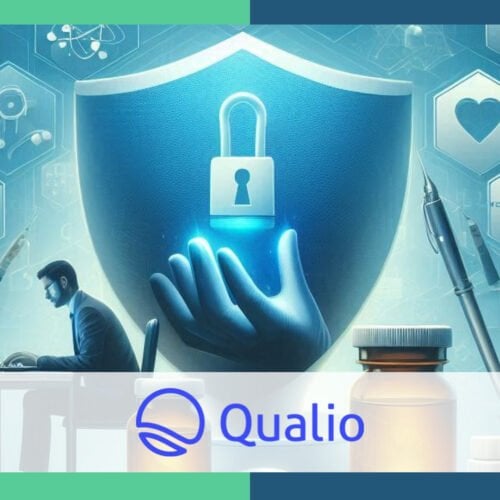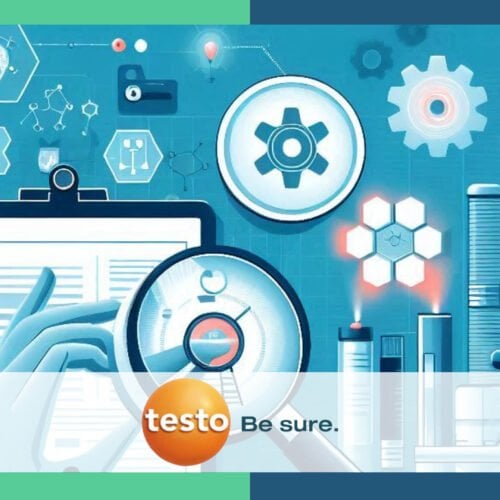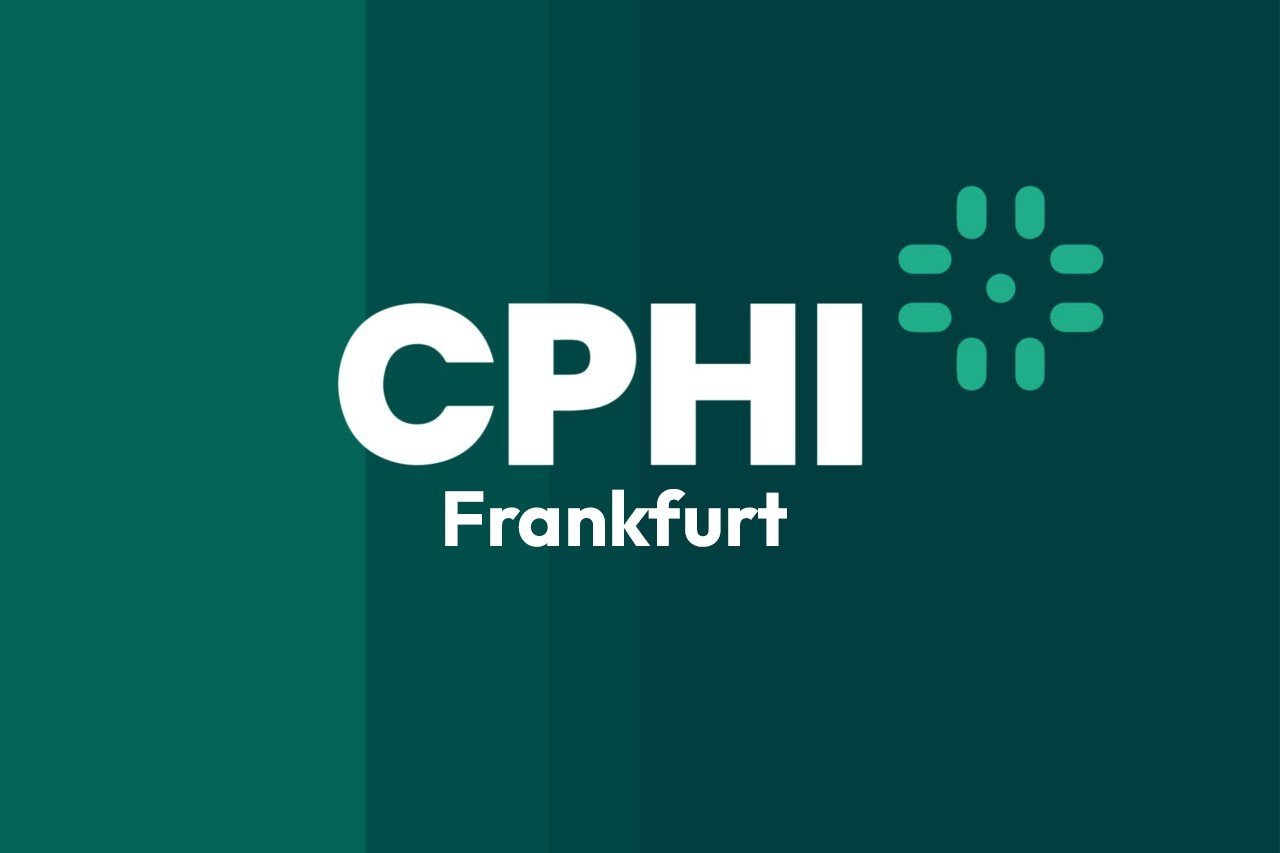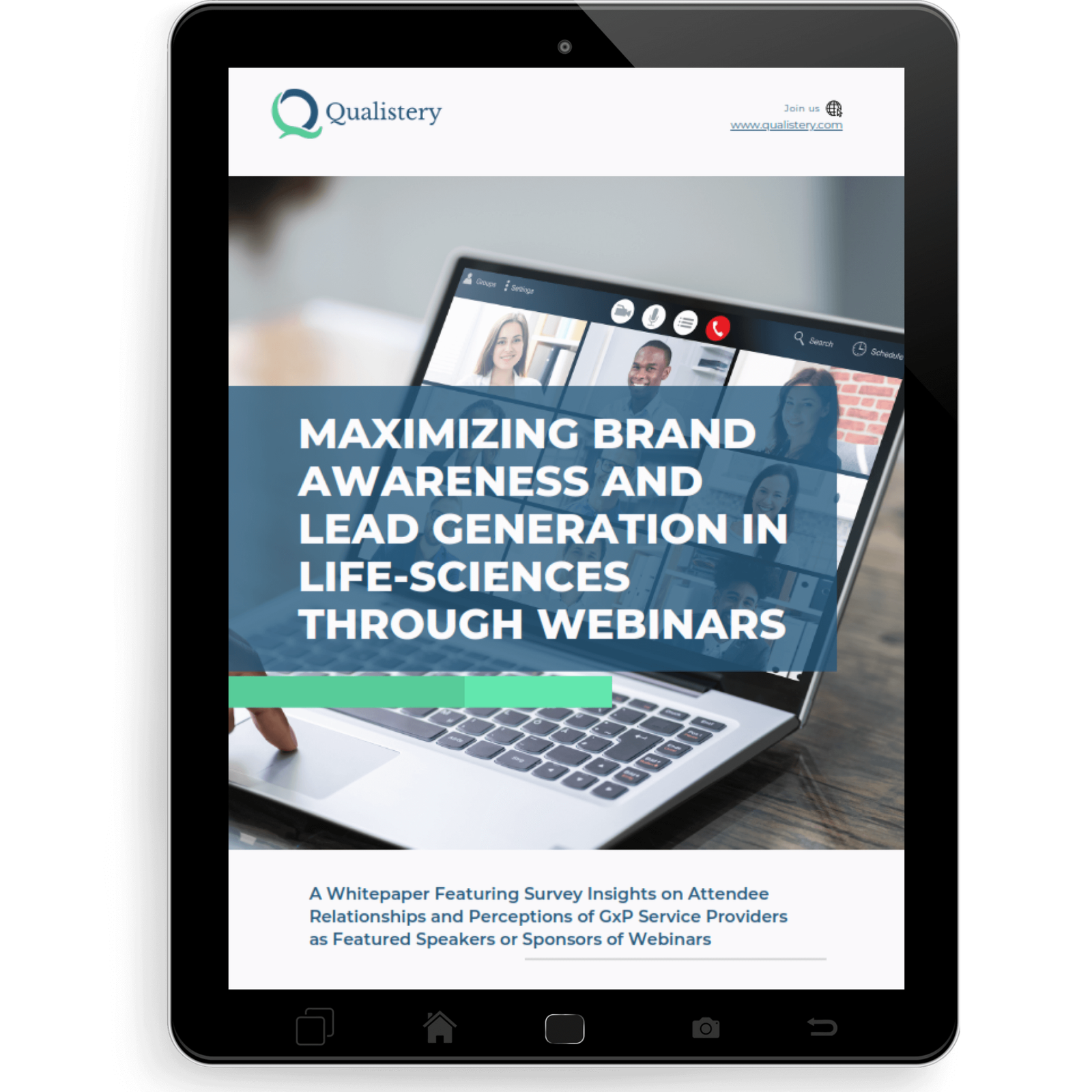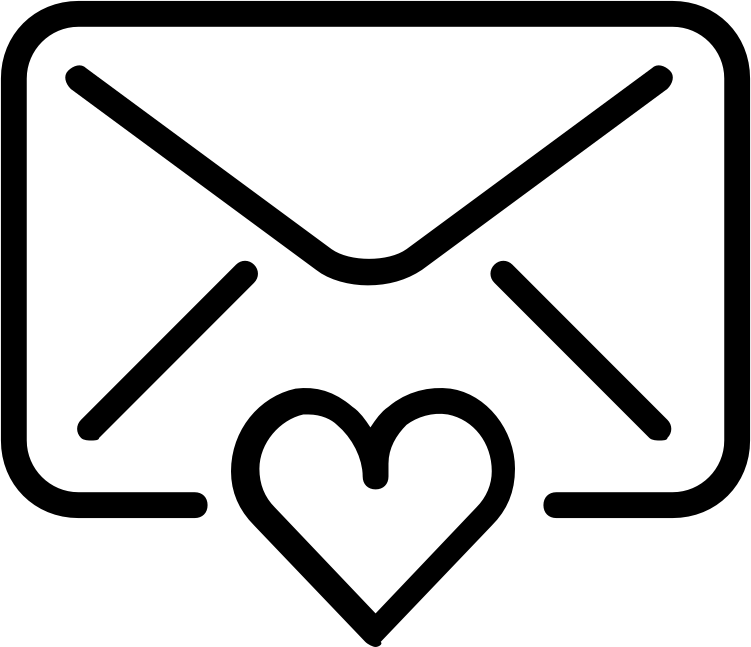Introduction
In today’s fast-paced business environment, maintaining a cleanroom is crucial for industries such as pharmaceuticals, biotechnology, and semiconductor manufacturing. However, promoting cleanroom solutions effectively can be a challenge. One of the most powerful tools at your disposal is the use of webinars. By leveraging educational webinars, businesses can establish credibility, build trust, and provide valuable insights that address clients’ unique needs. This article explores how to create engaging and informative webinars that not only educate clients about cleanroom solutions but also subtly incorporate product promotion—keeping direct sales pitches to a minimum of less than five minutes.
By focusing on educational content and fostering meaningful conversations, you can transform your webinars into powerful platforms for client engagement and education, ultimately driving interest and loyalty in your cleanroom solutions. Let’s delve into the strategies that will help you harness the full potential of webinars for promoting your cleanroom expertise.

Understanding Your Audience
Before you can create a successful webinar to promote cleanroom solutions, it’s crucial to take a step back and truly understand your audience. Knowing who they are, what challenges they face, and what information they seek is the foundation of an impactful presentation. Here’s how to effectively gauge your audience:
- Identifying Industry FocusYour audience will primarily consist of professionals from various industries that rely on cleanroom environments, such as pharmaceuticals, biotechnology, aerospace, and semiconductor manufacturing. Each of these industries has unique operational challenges and regulatory requirements. By pinpointing which specific industries your attendees belong to, you can customize your content to address their specific concerns. For instance:
- For pharmaceuticals, discuss compliance with FDA regulations.
- For aerospace, focus on the stringent requirements for dust-free environments.
- For semiconductor manufacturing, highlight contamination control techniques.
- Assessing Experience LevelsYour audience will have a varied range of expertise—from newcomers just learning about cleanroom protocols to seasoned professionals looking to refine their processes. Tailoring your content to suit this spectrum is essential:
- For beginners: Start with foundational knowledge and basic principles of cleanroom environments.
- For experienced professionals: Dive deeper into advanced methodologies, innovative technologies, and complex problem-solving strategies.
- Recognizing Common ChallengesUnderstanding the specific challenges faced by your audience is key to delivering relevant and engaging content. Conducting pre-webinar surveys or research can provide valuable insights into the pain points that resonate the most:
- Are they struggling with compliance issues?
- Do they face challenges in maintaining air quality and sterility?
- Are they looking for strategies to optimize cleanroom operations while reducing costs?
Understanding your audience is not just an exercise in gathering information; it is about creating a connection that ultimately fosters trust and engagement. This connection lays the groundwork for a more meaningful and productive webinar experience, where your audience feels valued and informed. When you speak directly to their needs and pain points, you can establish your credibility and encourage ongoing dialogue that can lead to long-lasting relationships and opportunities.
Crafting Compelling Content
Once you have a clear understanding of your audience, the next step is to craft compelling content that not only informs but also captivates. Engaging and well-structured content is the backbone of a successful webinar and serves as the vehicle through which you deliver valuable insights about cleanroom solutions. Here are key strategies for developing content that resonates:
- Defining Key TopicsTo capture your audience’s attention, it’s essential to select topics that are both relevant and timely. Begin by focusing on key areas within cleanroom solutions that address your audience’s needs, such as:
- Cleanroom Design: Best practices for layout and environmental control.
- Monitoring and Compliance: Techniques for maintaining regulatory standards.
- Emerging Technologies: Innovations in cleanroom equipment and processes.
- Engaging with Real-Life Case StudiesPeople connect deeply with stories, which makes real-life case studies an impactful way to engage your audience. Illustrate how your solutions have been successfully implemented in real situations:
- Highlight Specific Challenges: Describe a problem faced by a client and how it was addressed.
- Showcase Results: Use quantifiable outcomes, such as reduced contamination rates or improved compliance metrics, to demonstrate the effectiveness of your solutions.
- Client Testimonials: Include quotes or video snippets from satisfied clients to add authenticity and credibility.
- Incorporating Visual AidsVisuals play a pivotal role in enhancing comprehension and retention. Incorporate a variety of visual aids throughout your presentation to maintain interest:
- Slides: Use clean, professional slide designs to present key points and data.
- Infographics: Simplify complex information into easy-to-understand graphics that summarize critical concepts.
- Videos: Short clips demonstrating cleanroom operations or showcasing your solutions in action can create a dynamic experience.
- Enabling InteractionEncouraging participation during your webinar fosters a sense of community and keeps attendees engaged. Here are ways to enable interaction:
- Live Polls: Incorporate polls to gauge participants’ opinions on specific topics or to assess their familiarity with certain issues. This can also help guide your content in real time.
- Q&A Sessions: Set aside time for a Q&A where attendees can ask questions or share their own experiences—this builds connection and collaboration.
- Chat Functionality: Utilize the chat feature to encourage attendees to share thoughts or comments during the presentation, prompting real-time discussions.
By focusing on defining key topics, utilizing real-life case studies, incorporating visual aids, and enabling interaction, you can craft content that captures your audience’s attention and leaves a lasting impression. Remember, your goal is to educate while engaging, creating a webinar that is both informative and memorable. When your audience feels informed and empowered, they are more likely to consider your cleanroom solutions and view you as a trusted partner in their success.
Subtle Promotion: Integrating Your Solutions
While the primary aim of your webinar is to educate and inform your audience about cleanroom solutions, integrating subtle promotion into your presentation is essential for driving interest in your offerings. By effectively blending educational content with a gentle introduction to your solutions, you can showcase the value of your products without coming off as overly sales-oriented. Here’s how to achieve this balance:
- Positioning Yourself as a GuideAs an expert in cleanroom solutions, your role should be that of a trusted advisor rather than a salesperson. Frame your message in a way that emphasizes your desire to help your audience overcome specific challenges. Here’s how to do it:
- Address Pain Points: Start by discussing the common pain points your audience faces, then naturally transition into how your solutions can address these issues. For instance, if you’re discussing contamination control, explain how implementing your cleaning protocols can result in measurable improvements.
- Offer Practical Solutions: Rather than detailing every feature of your product, highlight how your solutions have helped other clients in similar situations. This approach allows attendees to see the value of your offerings within a real-world context.
- Limiting Promotion TimeTo maintain the educational focus of your webinar, it’s crucial to keep direct promotion brief and to the point. Aim for a designated segment of no more than five minutes where you can succinctly introduce your solutions:
- Craft a Clear Message: Use this time to deliver a compelling message that focuses on the benefits of your solutions rather than features. For example, highlight how your cleanroom equipment improves efficiency or reduces contamination risks.
- Engage with Call-to-Actions: Encourage attendees to take specific actions, such as visiting your website for more information, signing up for a demo, or downloading additional resources related to the topic discussed.
- Offering Exclusive InsightsOne way to keep your audience engaged while subtly promoting your solutions is by offering exclusive insights or bonuses. Consider the following strategies:
- Webinar-Specific Offers: Introduce special promotions or discounts that are available only to webinar attendees. This creates a sense of urgency and encourages immediate action.
- Exclusive Content: Provide access to downloadable resources, such as whitepapers, guides, or case studies that further explore topics covered in the webinar. This positions your brand as a valuable resource and encourages attendees to engage with your content beyond the webinar.
- Follow-Up Sessions: Invite attendees to schedule one-on-one consultations where they can discuss their specific needs and how your solutions could address them. This personal touch can lead to more meaningful connections.
By effectively positioning yourself as a guide, limiting direct promotional time, and offering exclusive insights, you can seamlessly integrate your cleanroom solutions into your webinar without detracting from its educational purpose. This approach not only enhances your credibility but also fosters an environment where attendees feel empowered to explore your offerings further. In the long run, this strategy fosters trust and builds lasting relationships, ultimately driving engagement and sales in the competitive cleanroom solutions market.

Follow-Up and Engagement
After your webinar concludes, the next crucial phase is maintaining engagement and fostering relationships with your audience. Effective follow-up strategies not only keep your cleanroom solutions fresh in the minds of attendees but also show that you value their participation and feedback. Here’s how to ensure a meaningful follow-up:
- Providing Recorded SessionsOne of the most effective ways to extend the value of your webinar is by offering attendees access to a recorded version. This serves several purposes:
- Reinforce Learning: Accessing the recording allows attendees to revisit complex topics or concepts that may require more than one pass to fully understand.
- Reach a Wider Audience: Sharing the recorded session via email or your website increases your potential reach. Those who couldn’t attend live can still benefit from the content, allowing you to connect with potential clients who may have missed out.
- Encourage Sharing: Encourage attendees to share the recording with colleagues or industry peers who might find the information valuable. This can broaden your audience and enhance your credibility as a thought leader in cleanroom solutions.
- Sharing Additional ResourcesTo further nurture your relationship with participants, consider sharing supplementary materials that complement the content discussed during the webinar. Here are some effective resources to share:
- Whitepapers and eBooks: Offer detailed reports or guides that delve deeper into specific cleanroom topics, providing attendees with expert insights and actionable strategies.
- Case Studies: Send personalized case studies that demonstrate how your cleanroom solutions have successfully addressed challenges faced by companies similar to those represented in your audience.
- Links to Related Articles or Blogs: Curate a list of relevant articles or blog posts from your company’s website that enhance the topics discussed during the webinar, positioning your brand as a continuous source of valuable information.
- Soliciting FeedbackOne of the most valuable steps in the follow-up process is to solicit feedback from your attendees. Gathering insights about their webinar experience can help you improve future presentations. Consider the following methods:
- Post-Webinar Surveys: Create a simple survey to gather attendees’ thoughts on various aspects of the webinar, from content relevance to presentation style. Include open-ended questions to gain deeper insights into what worked well and what could be improved.
- Follow-Up Conversations: Reach out to a select group of participants for a one-on-one discussion. This personal touch can yield qualitative feedback and foster a stronger connection.
- Incorporate Feedback Loops: Clearly communicate that you value and consider attendee feedback when planning future webinars. Mention how past feedback has shaped your content, creating a cycle of trust and responsiveness.
In conclusion, effective follow-up and engagement strategies are essential to maximize the impact of your webinars on cleanroom solutions. By providing recorded sessions, sharing additional resources, and soliciting feedback, you create a foundation for ongoing communication that strengthens relationships and encourages potential clients to explore your offerings further. This comprehensive approach not only enhances participant satisfaction but also positions your brand as a valuable partner, ensuring that your cleanroom solutions are top of mind when clients are ready to make informed purchasing decisions.
Best Practices for Hosting Webinars
Hosting a successful webinar requires careful planning and execution. From the technical setup to promoting your event effectively, every detail plays a crucial role in creating a seamless and engaging experience for your audience. Here are some best practices to consider when preparing for your webinar:
- Technical SetupThe technical aspects of your webinar can significantly influence its effectiveness. Here are key considerations to ensure a smooth operation:
- Quality Equipment: Invest in a good microphone and webcam to ensure clear audio and video. Poor sound quality can frustrate attendees and lead to disengagement.
- Stable Internet Connection: A reliable and high-speed internet connection is essential. Consider using a wired connection rather than Wi-Fi to minimize the risk of disruptions.
- Test Run: Conduct a trial run of the webinar platform prior to the event. Familiarize yourself with the interface, camera setup, and screen-sharing functions. Testing ensures that you can troubleshoot issues before your live session.
- Engaging Presentation Materials: Prepare visually appealing slides that align with your branding. Use consistent fonts, colors, and graphics to enhance comprehension and maintain a professional appearance.
- Marketing Your WebinarOnce you have the technical setup in place, it’s time to market your webinar to attract attendees. A well-executed marketing strategy will maximize participation and engagement:
- Create Compelling Invitations: Draft engaging email invitations and promotional posts across your social media channels. Highlight key topics, benefits, and special guests to captivate your audience.
- Utilize Existing Channels: Promote your webinar through your existing email list, website, and social media accounts. Leverage content marketing by writing blog posts that relate to webinar topics, providing additional context and inviting readers to register.
- Leverage Partnerships: Collaborate with industry influencers or organizations to co-host or promote your webinar. Their endorsement can lend credibility and expand your audience reach.
- Send Reminders: As the event date approaches, send reminder emails to registered participants. A series of reminders—one week prior, three days prior, and day-of—ensures maximum attendance.
- Choosing the Right PlatformThe platform you choose to host your webinar can significantly impact participants’ experiences. Here are considerations for selecting the right one:
- User-Friendly Interface: Opt for a platform that is intuitive and easy to navigate for both you and your attendees. A cumbersome interface can frustrate users and detract from the experience.
- Interactive Features: Choose a platform that offers interactive elements such as polls, Q&A sessions, and chat functions. These features facilitate audience engagement and increase participation.
- Reliability and Support: Select a platform with a solid reputation for reliability and robust support. Check for customer reviews and ensure they offer responsive support during your webinar.
- Recording Capabilities: Ensure the platform allows for easy recording and sharing of the session afterward. This feature is vital for reaching a broader audience and providing attendees with valuable resources.
By adhering to these best practices, you can set the stage for an engaging and informative webinar experience that resonates with your audience. A solid technical setup, effective marketing strategy, and the right platform all contribute to creating an environment conducive to education and interaction. Remember, the goal is not only to showcase your cleanroom solutions but also to foster lasting connections with your audience that will pave the way for future engagement and collaboration.
Measuring Success and Adjusting Your Strategy
After hosting your webinar, it’s crucial to assess its effectiveness and gather insights that will shape your future strategies. Measuring success involves analyzing various metrics, understanding audience feedback, and making informed adjustments to improve subsequent webinars. Here’s a comprehensive approach to evaluating your webinar’s performance:
- Tracking Attendance and EngagementAttendance and engagement metrics provide valuable information about how well your webinar resonated with your audience. Consider these key indicators:
- Live vs. Registered Attendees: Compare the number of attendees who joined live against the total number of registrants. A high registration-to-attendance ratio indicates strong interest, while a low ratio may suggest a need for better promotion or timing adjustments for future webinars.
- Engagement Metrics: Track engagement during the session through metrics such as interaction rates (poll participation, questions asked, and comments in chat). High levels of engagement signal that your content is resonating with the audience.
- Time Spent on the Webinar: Monitor how long attendees stayed in the webinar. If there is a noticeable drop-off at a specific point, it might indicate that the content became disengaging or too lengthy. Understanding when attendees leave can help you refine pacing in future sessions.
- Analyzing Feedback and ResultsGathering and analyzing feedback from attendees is essential for improving your future webinars. Here’s how to effectively solicit and evaluate this information:
- Post-Webinar Surveys: Develop a concise follow-up survey to gather quantitative and qualitative feedback on various aspects of the webinar, including content, delivery, and overall satisfaction. Consider using a mix of rating scales and open-ended questions to gain diverse insights.
- Net Promoter Score (NPS): Implement an NPS question to gauge attendees’ likelihood to recommend your webinar to others. This metric can help you assess overall satisfaction and loyalty.
- Follow-Up Interviews: For deeper insights, conduct follow-up interviews with a select group of attendees. Personalized discussions can uncover valuable details about their experiences and expectations.
- Adjusting Future Content Based on InsightsUsing the data collected from attendance metrics and feedback, make informed adjustments to your future webinars:
- Revise Content Topics: If multiple attendees express interest in specific subjects or areas not covered, consider dedicating future webinars to those topics. Keeping your content aligned with audience interest increases relevance and engagement.
- Refine Presentation Style: Analyze feedback concerning the presentation style. If attendees mention that the pace was too slow or specific segments were unclear, adapt your style to enhance clarity and maintain audience attention.
- Enhance Interactivity: If attendee engagement levels were lower than anticipated, consider incorporating more interactive elements such as polls, quizzes, or breakout discussions in future sessions to foster participation.
In summary, measuring success and adjusting your strategy is an ongoing process that requires careful analysis of metrics, audience feedback, and content effectiveness. By tracking attendance and engagement, analyzing results, and making data-driven adjustments, you can create increasingly effective webinars that resonate with your audience and position your cleanroom solutions as the go-to choice in the industry. This dedication to improvement will ultimately lead to stronger relationships with your audience and drive growth for your business.
Conclusion
As we wrap up our exploration of how to promote cleanroom solutions through effective webinars, it’s vital to reflect on the key takeaways that can significantly enhance your approach and drive success:
- Understand Your Audience: Knowing who your audience is, their pain points, and specific industry challenges enables you to create tailored content that resonates and engages.
- Craft Compelling Content: Engage your attendees with relevant topics, real-life case studies, and interactive elements that make for a memorable learning experience.
- Integrate Subtle Promotion: Position yourself as a trusted guide while naturally introducing your cleanroom solutions, ensuring that your promotional efforts remain focused and relevant.
- Follow Up and Engage: Maintain connections post-webinar by providing recorded sessions, sharing additional resources, and actively soliciting feedback to strengthen relationships and foster ongoing dialogue.
- Implement Best Practices: Ensure technical setup, effective marketing, and the right platform are in place for a smooth, engaging webinar experience.
- Measure Success and Adjust: Regularly analyze attendance and feedback to shape future content and presentation styles, creating increasingly impactful webinars.
Ongoing education and engagement are critical components in the ever-evolving landscape of cleanroom solutions. By committing to a continuous learning mindset, you position yourself as an industry expert—an invaluable resource for your audience. This approach not only fosters trust but also encourages repeat attendance at your webinars, ultimately leading to stronger, long-term relationships.
Finally, to maximize your success in hosting and promoting webinars, consider utilizing Qualistery’s comprehensive webinar hosting and promotion platform. With powerful tools designed to enhance engagement, streamline the technical setup, and provide valuable insights into audience interaction, Qualistery empowers you to deliver exceptional webinars that resonate with your audience. Elevate your educational efforts and drive meaningful connections with clients by leveraging Qualistery’s tailored services. Reach out today to turn your webinars into impactful learning experiences that can transform your approach to promoting cleanroom solutions!
Qualistery provides life‑science professionals with concise, practical GxP and cGMP learning through expert‑led webinars and tailored training, helping teams make safer, more compliant decisions. We deliver these sessions in partnership with trusted solution providers, combining real‑world insights and actionable guidance with targeted outreach to the right decision‑makers.


